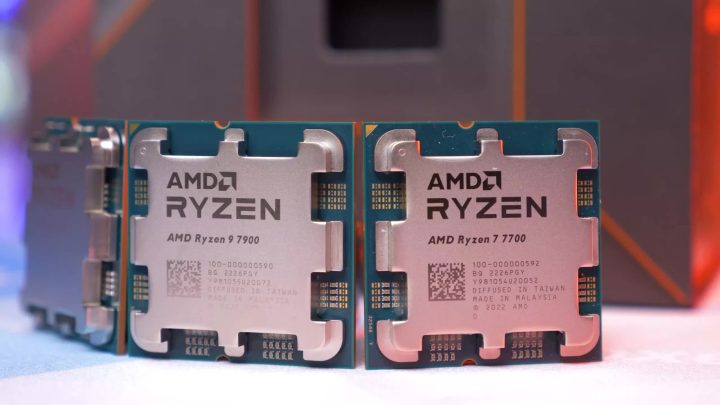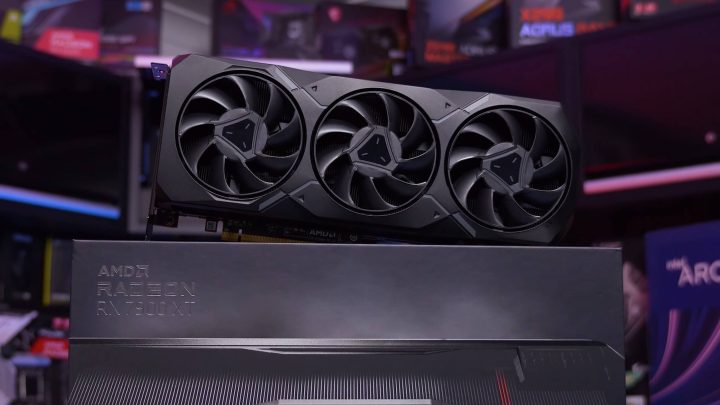Revised: Gamers have expressed frustration over the persistent high costs of graphics cards for an extended period. The hope for a decrease in prices arose with the decline of cryptocurrency mining, however, the prices remain unaffordable for most consumers. Even older graphics cards maintain their value.
Revised: The tech industry is currently facing a major slowdown, leading executives to take drastic measures to cut costs and appease investors. One such measure is reducing product supply.
In a recent investors call, AMD CEO Lisa Su attempted to ease investor concerns by disclosing that the company has been, and will continue to, limit its GPU production to maintain a balance between supply and demand. This, in essence, means that prices will be kept inflated by reducing output.
Su stated, “We undershipped in Q3 and Q4, and in Q1 [sic], we will undership to a lesser extent.”
During the pandemic and cryptocurrency boom, hardware companies saw an increased demand for their products. However, now that both factors have decreased, these companies find themselves with excess inventory and are seeking ways to maintain their financials for investors.
Economic principles dictate that companies lower prices to sell more products, but this can erode the large profit margins they’ve established. For example, AMD’s non-GAAP gross margin was 51% last quarter, but a decline could be perceived as a loss by investors. Charging standard prices is not considered a loss, but it affects quarter-over-quarter results and investors’ portfolios, causing companies to strive for constant growth. AMD is not alone in this struggle; Sony is also facing similar pressure. Leaks suggest Sony is reducing shipments of the PS VR2 by 50% and may not reach its goal of two million units sold in Q1 2023 until late 2023 or early 2024.

Nvidia was ahead of the competition by lowering shipments to counter declining demand, according to CFO Colette Kress who spoke to investors in November. Despite this, the solid demand for gaming has been maintained and the company has been undershipping in this segment to correct the excess inventory in the market. This is why graphics cards are still retailing at high prices, up to $1,200, due to the willingness of miners to pay.
To address the issue, the simple solution is to wait and not spend money at present, as the economy is uncertain. By saying “no” to buying graphics cards for a few quarters, gamers can demonstrate to OEMs that their artificial undersupply strategy will not be tolerated. This may require a bit of patience and optimism, but it’s a step towards fair pricing.
